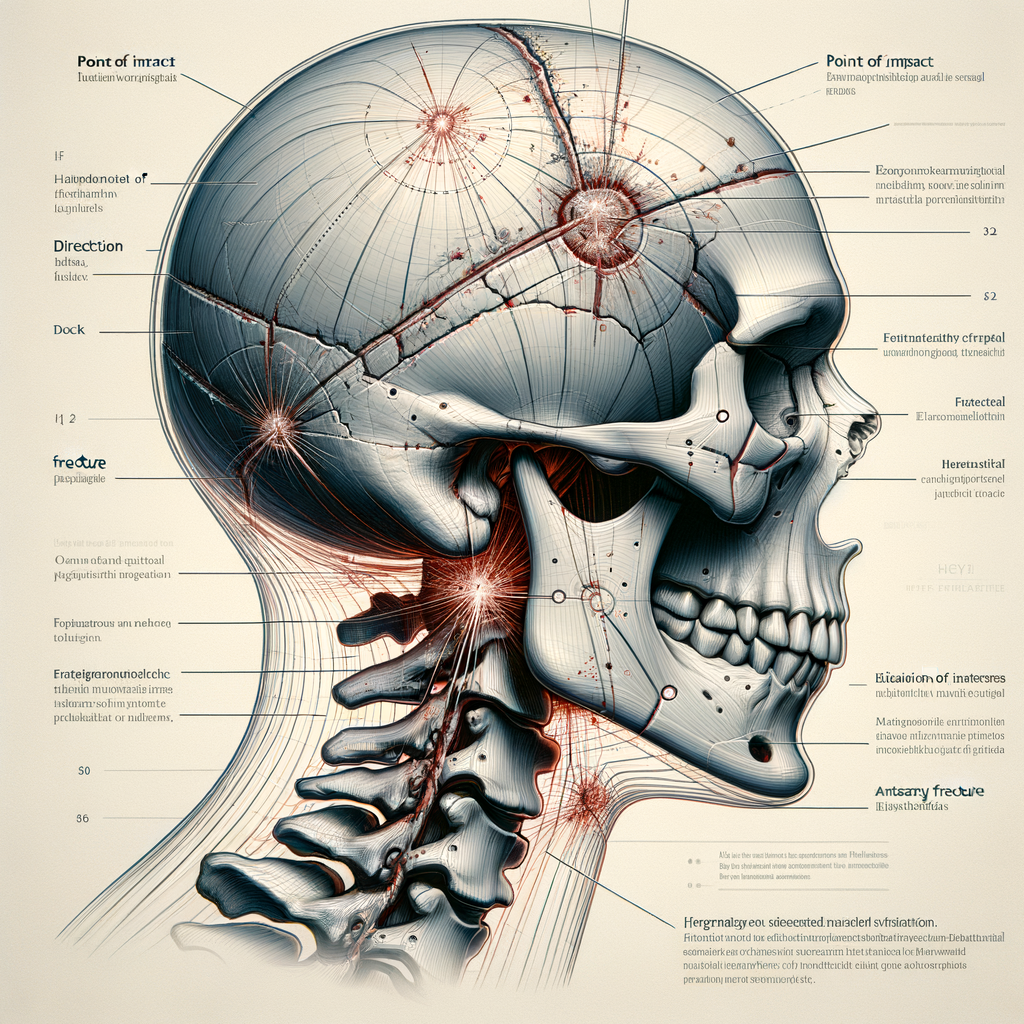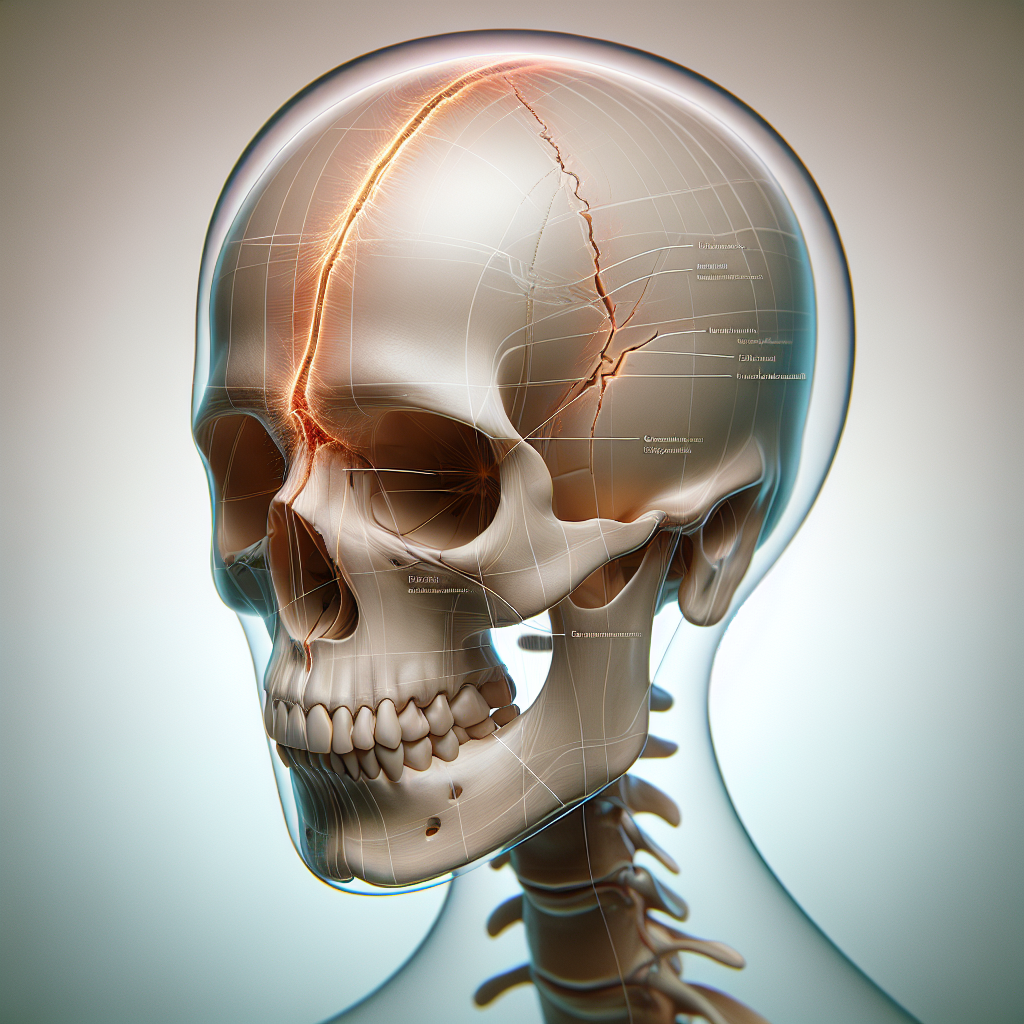Understanding Skull Fracture Injuries

A skull fracture injury is a serious medical condition that requires immediate attention. It occurs when one or more bones in the skull break, often as a result of a severe impact or blow. This type of injury can lead to complications such as brain damage, infection, and even death if not treated promptly and properly. In this article, we delve into the types, causes, symptoms, and treatment of skull fractures.
Types of Skull Fractures
Skull fractures are classified into four main types:
- Linear skull fractures: This is the most common type, where there is a break in the bone but it does not move.
- Depressed skull fractures: The bone is pushed inward, potentially causing pressure on the brain.
- Diastatic skull fractures: The bones that form the skull’s sutures widen, common in children whose skulls are still forming.
- Basilar skull fractures: These are the most serious and involve a break in the bone at the base of the skull.
Causes and Symptoms
Skull fractures are typically caused by high-impact injuries such as falls, vehicle accidents, sports injuries, and physical assaults. Symptoms can vary depending on the severity and location of the fracture, but may include:
- Headache or pain at the site of the injury
- Swelling or bruising around the eyes or behind the ear
- Bleeding from the wound, ears, nose, or around the eyes
- Loss of consciousness
- Confusion or disorientation
Treatment and Recovery
Treatment for a skull fracture depends on the type, location, and severity of the fracture. Minor fractures may only require observation and over-the-counter pain medication, while more severe fractures may require surgery to repair the bone and relieve pressure on the brain. Recovery can take several weeks to months and may involve physical therapy and other rehabilitation measures.
Prevention of Skull Fractures
While not all skull fractures can be prevented, certain measures can reduce the risk. These include wearing seat belts in vehicles, using appropriate safety equipment in sports, and childproofing homes to prevent falls.
Conclusion
Skull fractures are serious injuries that require immediate medical attention. Understanding the types, causes, symptoms, and treatment options can help ensure prompt care and recovery. Prevention measures can also significantly reduce the risk of these injuries.
Meta Keywords
Skull fracture, skull injury, head injury, brain injury, fracture types, fracture symptoms, fracture treatment, fracture prevention
Note: The task of generating a cartoonish image and setting it as the featured image for the article is beyond the capabilities of a text-based AI model. You would need to use a graphic design software or hire a professional graphic designer for this task.







